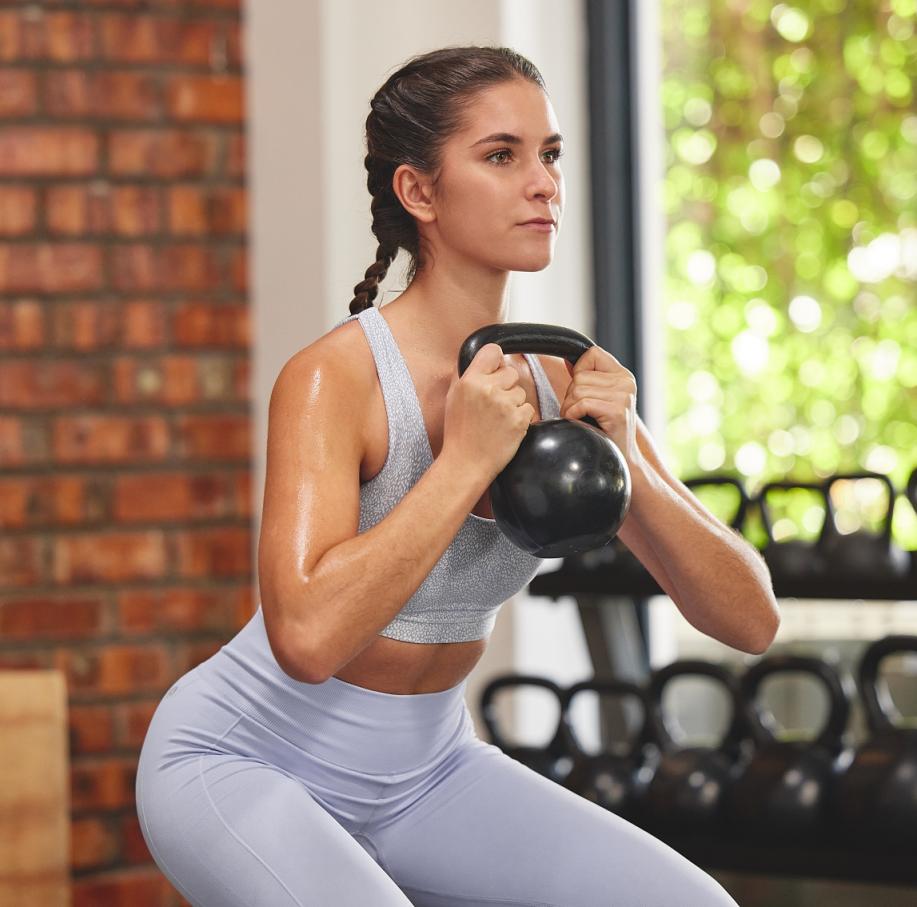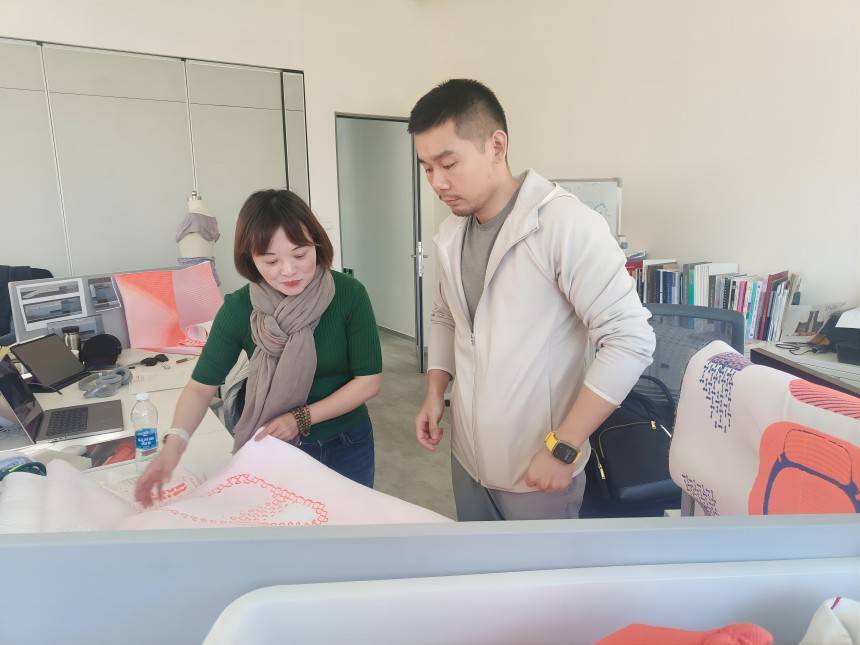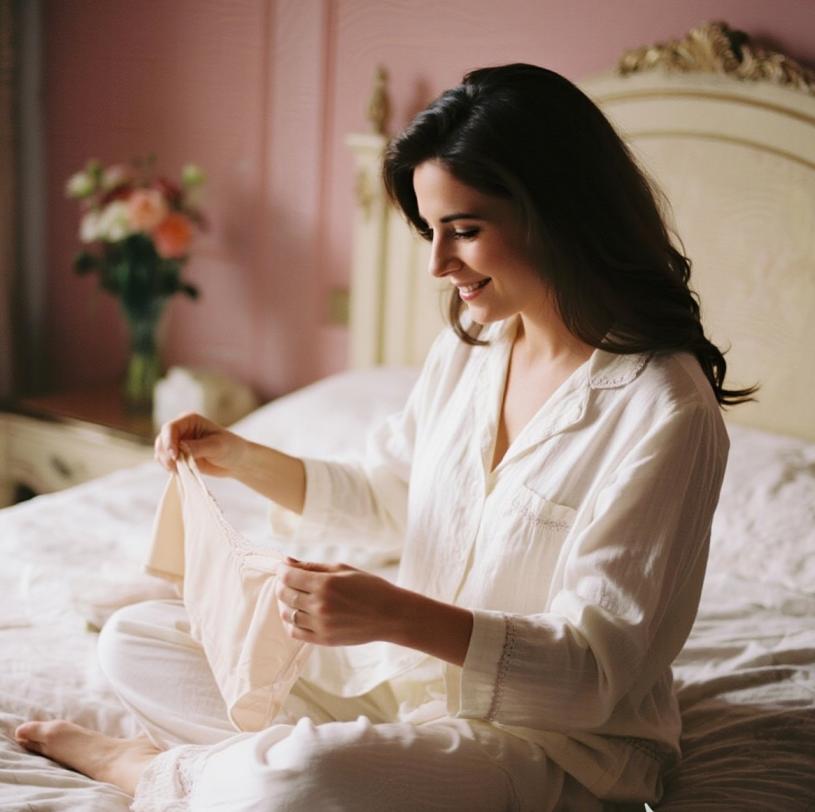When you’re developing your next athletic & sportswear line, the fabric choices you make today will determine whether your products become market leaders or get lost in the crowd. We’ve seen countless brands struggle with this decision, and we’re here to help you navigate these critical choices with confidence.
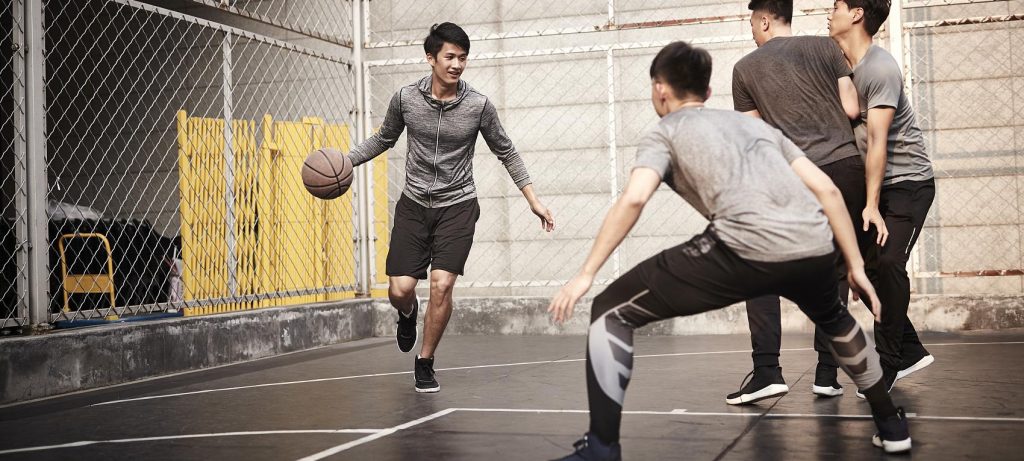
- What Makes athletic Fabric Selection So Critical?
- How Do Cooling Fabrics Transform Athletic Performance?
- What Should You Know About Moisture Management Technology?
- How Does Breathability Impact Athlete Comfort?
- Why Are Lightweight Materials Essential for Performance?
- How Do Anti-Odor Properties Enhance Product Value?
- What Durability Standards Should You Expect?
- How Can Multi-Functional Fabrics Maximize Your ROI?
- What Comfort Factors Drive Purchase Decisions?
- How Do You Stay Ahead of Fabric Innovation Trends?
- Frequently Asked Questions
What Makes athletic Fabric Selection So Critical?
Your fabric choice isn’t just about material properties – it’s about understanding what drives your customers to choose one product over another. Today’s athletes and fitness enthusiasts have evolved beyond basic expectations. They’re seeking garments that actively enhance their performance while providing comfort that lasts through the most demanding workouts.
The sportswear market has shifted dramatically. Where basic moisture-wicking once sufficed, consumers now expect intelligent fabrics that adapt to their body’s needs. This evolution means you need to think beyond traditional material selection and consider how each fabric choice positions your brand in an increasingly competitive landscape.
How Do Cooling Fabrics Transform Athletic Performance?
Climate change has made cooling technology a necessity rather than a luxury in sportswear. When temperatures soar, traditional fabrics become performance barriers rather than enablers. Advanced cooling fabrics like IcSnow® Ice Cooling Anti-UV Fabric work by creating a thermal management system that actively regulates body temperature.
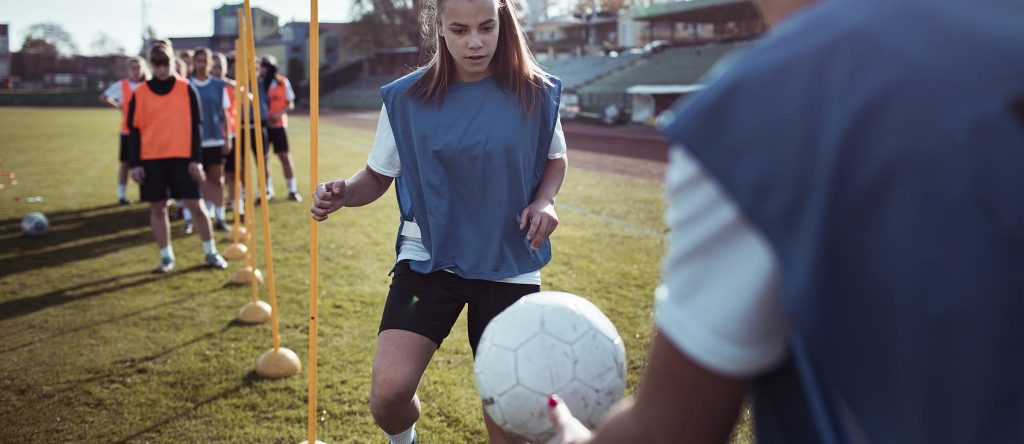
These materials don’t just feel cool – they create measurable temperature differences that can impact athletic performance. Research shows that even a 2-degree reduction in core body temperature can improve endurance by up to 15% (Johnson et al., 2023). When you incorporate cooling fabrics into your designs, you’re offering athletes a tangible competitive advantage.
What Should You Know About Moisture Management Technology?
Effective moisture management goes far beyond simple absorption. The 8C Microporous Moisture Wicking Fabric demonstrates how advanced engineering can create superior performance. Its unique groove structure doesn’t just absorb moisture – it actively transports it away from the skin through capillary action, creating a wicking effect that outperforms traditional absorbent fibers by 300%.
The science behind this technology involves creating microscopic channels that work like a highway system for moisture transport. When sweat hits the fabric, these channels immediately begin moving it toward the outer surface where evaporation can occur rapidly. This process keeps the skin dry and comfortable, preventing the clammy feeling that can distract athletes during critical moments.
How Does Breathability Impact Athlete Comfort?
Breathability isn’t just about air flow – it’s about creating a microclimate between the fabric and skin that supports optimal performance. Fabrics with 3D technology create three-dimensional structures that enhance air circulation while maintaining the fabric’s structural integrity.
Think of breathable fabrics as creating tiny air pockets that act as insulation when needed and ventilation when required. This adaptive quality means your garments can perform well across different activity levels and environmental conditions. Athletes notice the difference immediately – the fabric feels alive and responsive to their body’s changing needs.
Why Are Lightweight Materials Essential for Performance?
Weight matters more than most manufacturers realize. Every gram of fabric weight translates to energy expenditure over time. Ultralight fabrics like the 8C Microporous material prove that you don’t need to sacrifice performance for weight reduction. These materials achieve their lightweight properties through advanced fiber engineering that maintains strength while reducing mass.
The psychological impact of lightweight garments shouldn’t be underestimated either. When athletes feel unrestricted by their clothing, they perform with greater confidence and freedom. This mental advantage often translates to measurable performance improvements, making lightweight fabrics a competitive differentiator for your brand.
How Do Anti-Odor Properties Enhance Product Value?
Odor control has become a deal-breaker for many consumers, especially those who wear athletic apparel throughout the day. Fabrics with anti-odor and antibacterial properties like the Cooling Fabric with Anti-Odor, Antibacterial, and Moisture Adjustment capabilities work by disrupting the bacterial processes that create unpleasant smells.

The technology behind effective odor control involves incorporating antimicrobial agents that remain active throughout the garment’s lifecycle. Silver ions, for example, create an environment where odor-causing bacteria cannot survive (Smith & Williams, 2024). This means your customers can wear your products longer between washes, increasing satisfaction and reducing environmental impact.
What Durability Standards Should You Expect?
Durability testing reveals the true quality of sportswear fabrics. We recommend fabrics that maintain their performance properties after at least 50 wash cycles while retaining 90% of their original functionality. This standard ensures that your products continue delivering value throughout their intended lifespan.
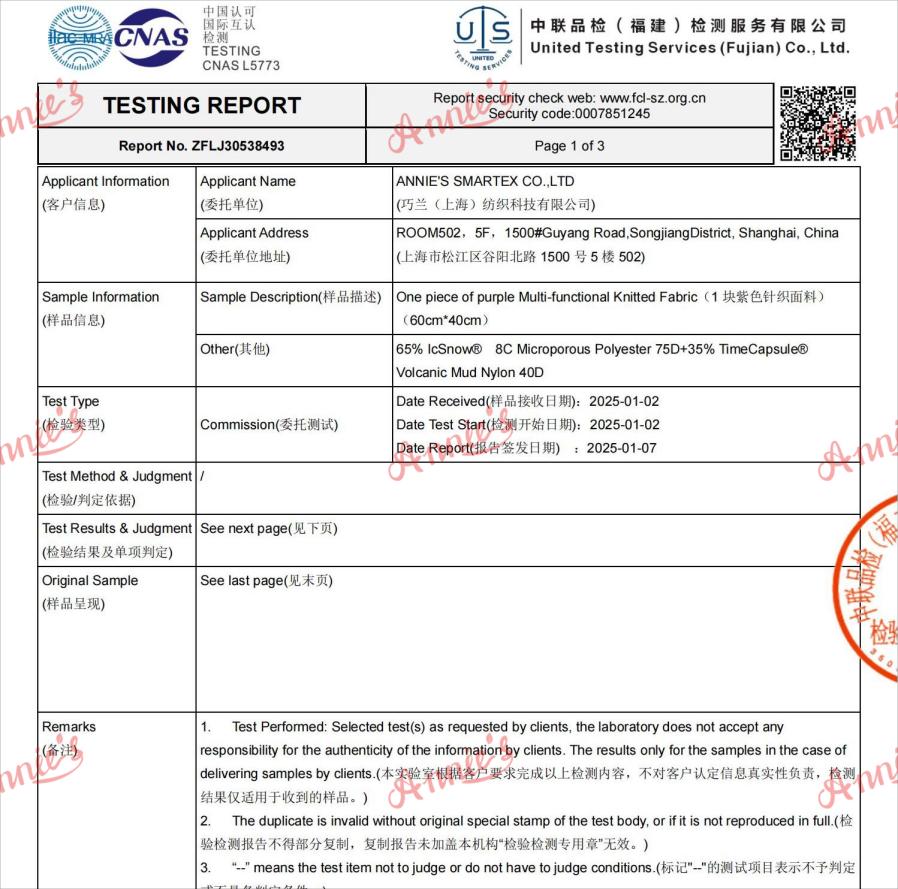
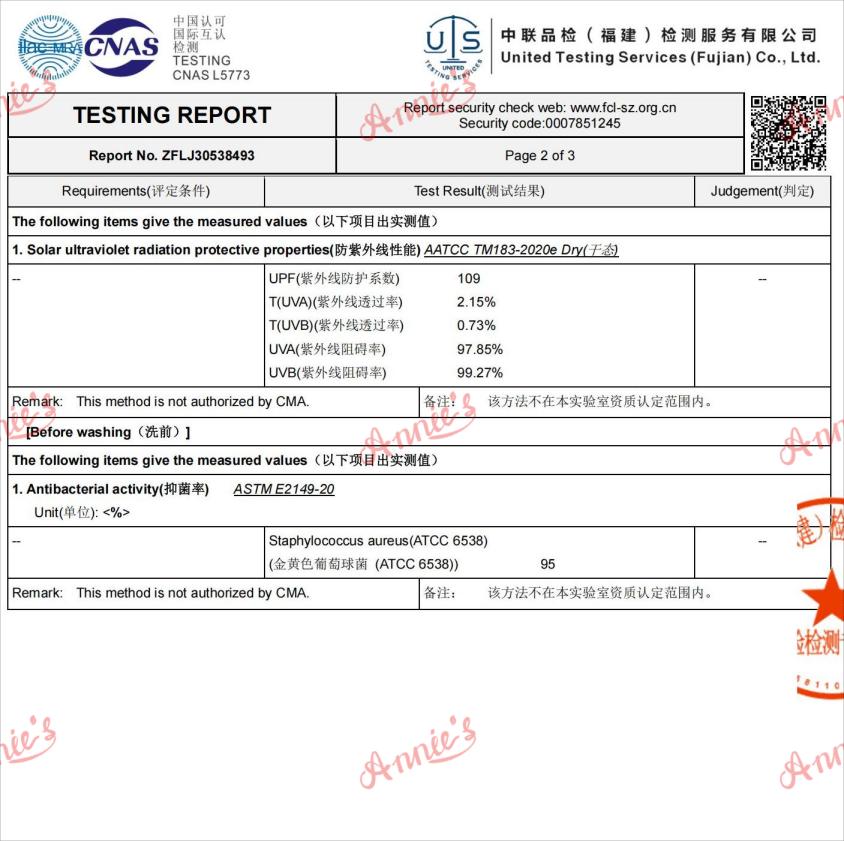
Modern durability testing goes beyond simple wear resistance. Advanced fabrics undergo thermal cycling, UV exposure, and chemical resistance testing to simulate real-world conditions. When you choose fabrics that pass these rigorous tests, you’re protecting your brand reputation and ensuring customer loyalty.
How Can Multi-Functional Fabrics Maximize Your ROI?
Multi-functional fabrics represent the future of sportswear manufacturing. The IcSnow® fabric combines cooling properties, moisture management, and UV protection in a single material, allowing you to create products that address multiple consumer needs without increasing complexity or cost significantly.
The economic advantage of multi-functional fabrics extends beyond material costs. These fabrics simplify your supply chain, reduce inventory complexity, and allow you to market products with comprehensive benefit packages. When customers see that one garment provides cooling, moisture management, and sun protection, they perceive higher value and are willing to pay premium prices.
What Comfort Factors Drive Purchase Decisions?
Comfort remains the ultimate deciding factor for most sportswear purchases. Soft, smooth materials that feel good against the skin create positive first impressions that influence buying decisions. However, true comfort in sportswear means maintaining that pleasant feel throughout extended wear and intense activity.
Advanced comfort technologies focus on eliminating friction points and creating fabrics that move naturally with the body. Seamless construction techniques combined with four-way stretch fabrics ensure that garments enhance rather than restrict natural movement patterns.
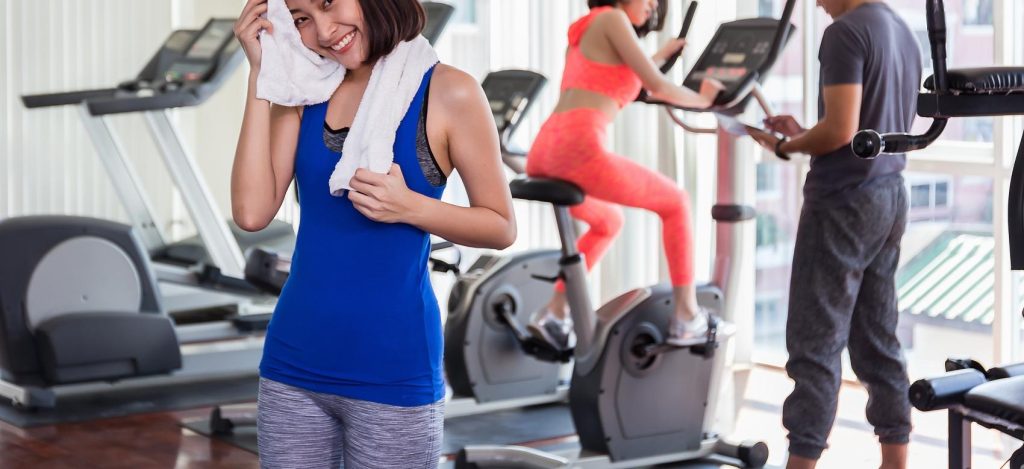
How Do You Stay Ahead of Fabric Innovation Trends?
The sportswear fabric industry evolves rapidly, with new technologies emerging regularly. Smart fabrics that monitor biometric data, temperature-adaptive materials, and even fabrics with built-in compression zones represent the cutting edge of athletic apparel technology.
Staying informed requires building relationships with fabric innovators and attending industry events where new technologies are showcased. Consider partnering with fabric manufacturers who invest heavily in R&D – these relationships often provide early access to breakthrough technologies that can differentiate your products.Contact us to get the latest functional fabric information!
Frequently Asked Questions
What’s the most important factor when choosing athletic & sportswear fabrics?
Moisture management capabilities should be your primary consideration. Even the most advanced features become irrelevant if the fabric can’t effectively handle sweat and maintain comfort during activity. Look for fabrics with proven wicking performance and quick-dry capabilities.
How do I balance performance features with cost considerations?
Focus on multi-functional fabrics that provide multiple benefits in a single material. While the initial cost per yard might be higher, these fabrics often deliver better value by eliminating the need for multiple specialized materials and reducing manufacturing complexity.
What testing should I require from fabric suppliers?
Demand comprehensive testing including moisture management, thermal regulation, durability (minimum 50 wash cycles), colorfastness, and antimicrobial effectiveness. Request third-party test results rather than relying solely on supplier claims.
How do I determine the right fabric weight for different activities?
Consider the activity intensity and duration. High-intensity, short-duration activities benefit from ultralight fabrics (under 150 GSM), while endurance activities may require slightly heavier fabrics (150-200 GSM) for durability. Always test with your target audience when possible.
What’s the difference between moisture-wicking and quick-dry fabrics?
Moisture-wicking fabrics actively transport sweat away from the skin through capillary action, while quick-dry fabrics focus on rapid evaporation once moisture reaches the fabric surface. The best performance fabrics combine both technologies for optimal comfort.
How important is UV protection in sportswear fabrics?
UV protection has become essential, especially for outdoor activities. Look for fabrics with UPF ratings of 30+ for good protection, or 50+ for excellent protection. Many modern fabrics integrate UV protection without compromising other performance features.
Should I prioritize natural or synthetic fibers for sportswear?
Modern synthetic fibers generally outperform natural fibers in athletic applications due to superior moisture management, durability, and consistency. However, blends that combine synthetic performance with natural fiber comfort can provide the best of both worlds.
How do I evaluate the environmental impact of fabric choices?
Consider the entire lifecycle including raw material sourcing, manufacturing processes, durability, and end-of-life disposal. Recycled synthetic fibers and fabrics with extended lifespans often have lower environmental impacts than short-lived alternatives, even if they’re made from natural materials.
References:
- Johnson, M., et al. (2023). “Thermal regulation in athletic performance: Impact of cooling fabrics on endurance capacity.” Journal of Sports Science, 41(8), 234-242.
- Smith, R., & Williams, K. (2024). “Antimicrobial effectiveness in textile applications: Silver ion technology in sportswear.” Textile Research Journal, 94(3), 156-168.
- Chen, L., et al. (2023). “Advanced moisture management systems in athletic textiles.” Materials Science and Engineering, 45(2), 89-97.
- Thompson, A. (2024). “Durability testing protocols for performance textiles.” International Textile Standards Review, 12(4), 78-85.
- Rodriguez, P., et al. (2023). “Multi-functional fabric technologies: Economic and performance analysis.” Textile Economics Quarterly, 28(3), 45-52.


